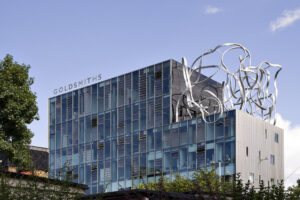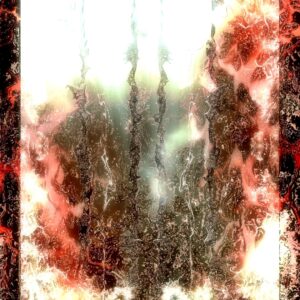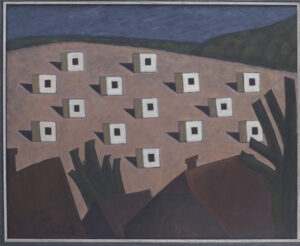July 1, 2022
IAVC / JVC Early Career Researcher Prize CFP
The International Association for Visual Culture and the Journal of Visual Culture invite submissions for the Early Career Researcher Prize. Current doctoral students and recent PhDs (within 5 years of degree) may submit original, unpublished essays on any topic related to visual culture. The prize-winning essay/s will be considered for publication in the journal, pending revisions advised by the committee and the journal’s editorial collective.
January 17, 2022
Visual Activism revisited
We wrote and edited this themed issue throughout 2013 and 2014. Below are some reflections from the editors, written February 2021.
February 25, 2020
David Campbell and Mark Durden review the 58th Venice Biennale 2019
There is a clear resistance to a more polemical and didactic use of art in Ralph Rugoff’s curatorship of the 2019 Venice Biennale. When the curator distinguishes art from the “texture of facts” of journalism or historical reportage, one can’t help but see it as an implicit critique of the documentary and archive-heavy 2017 Documenta 14. There is instead a faith in form, with artworks not being reducible to being ‘about’ a particular issue or subject. But that does not mean the biennale does not address issues— forms open out to particular reflections on our crisis-ridden present. Rugoff wants both his cake and to eat it. The split format in which we see two “propositions” by the same artists across both the Giardini’s Central Pavilion and the Arsenale, proceeds from the idea of multivalency, that the 79 artists themselves are not contained by single works nor their art limited to a single reading, but different aspects of their work possess potential for multiple interpretations when experienced in different contexts and in relation to the work of other artists. Art is seen in terms of complexity, ambiguity, contradiction, and a point of departure rather than a conclusion. There is a re-evocation of Umberto Eco’s 1960s concept of the “open work”.



